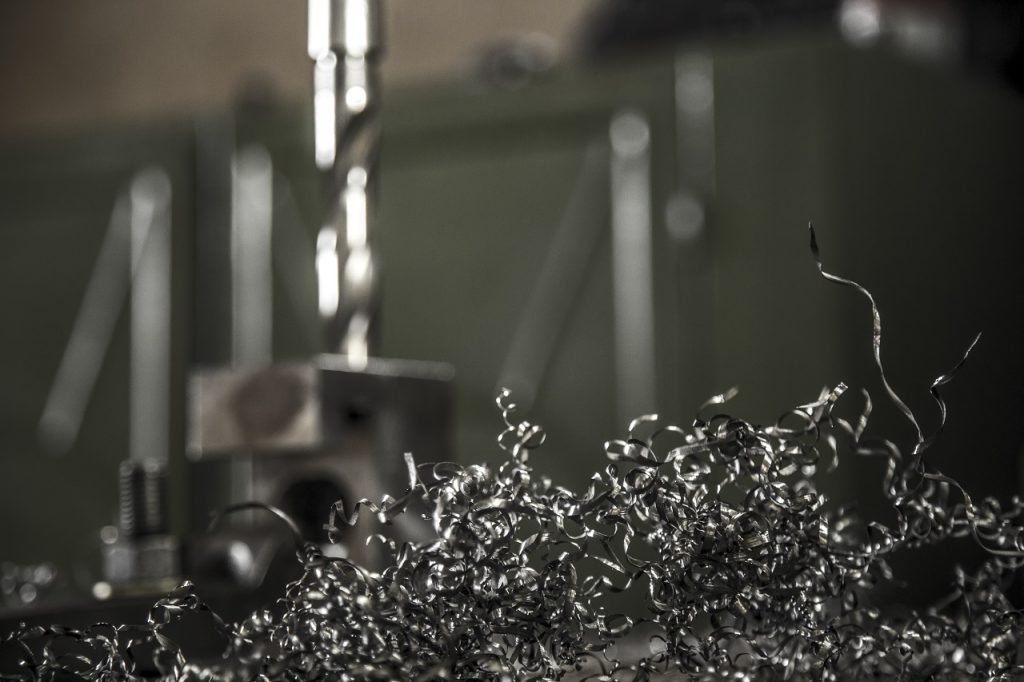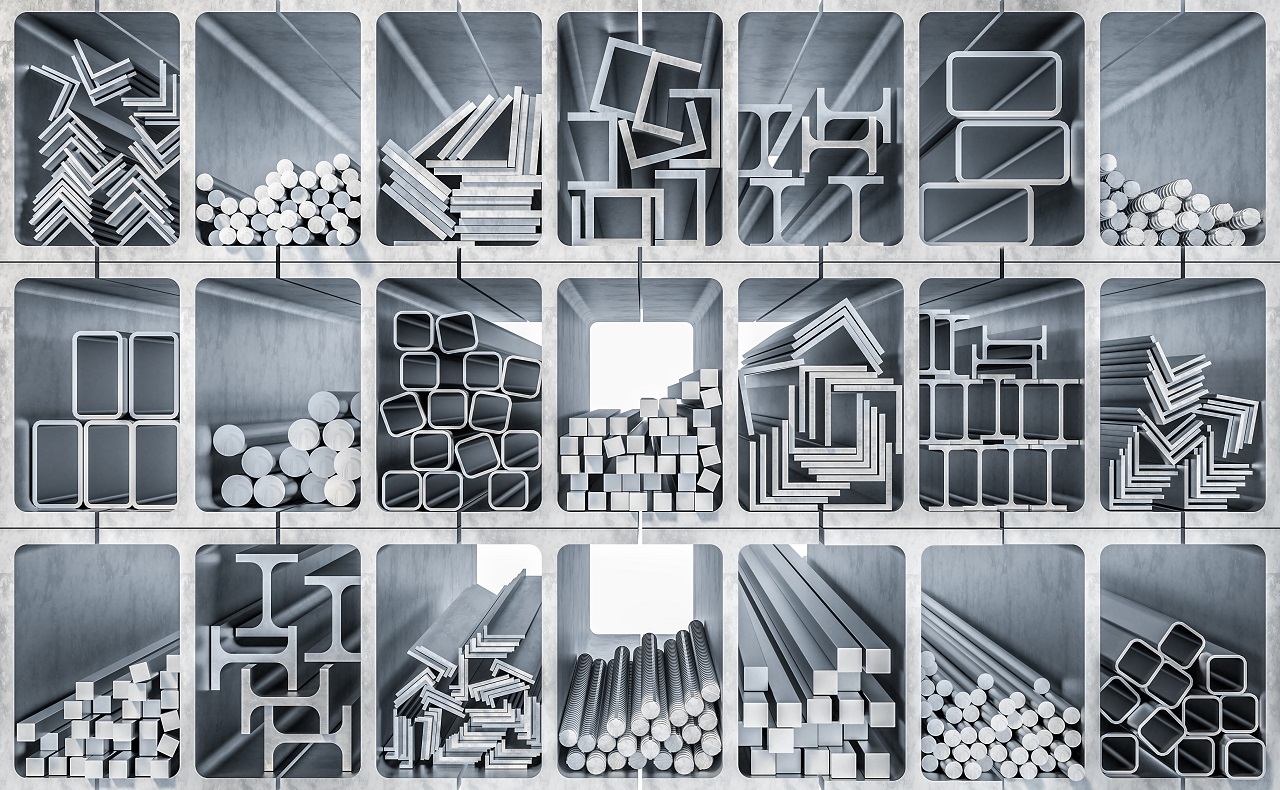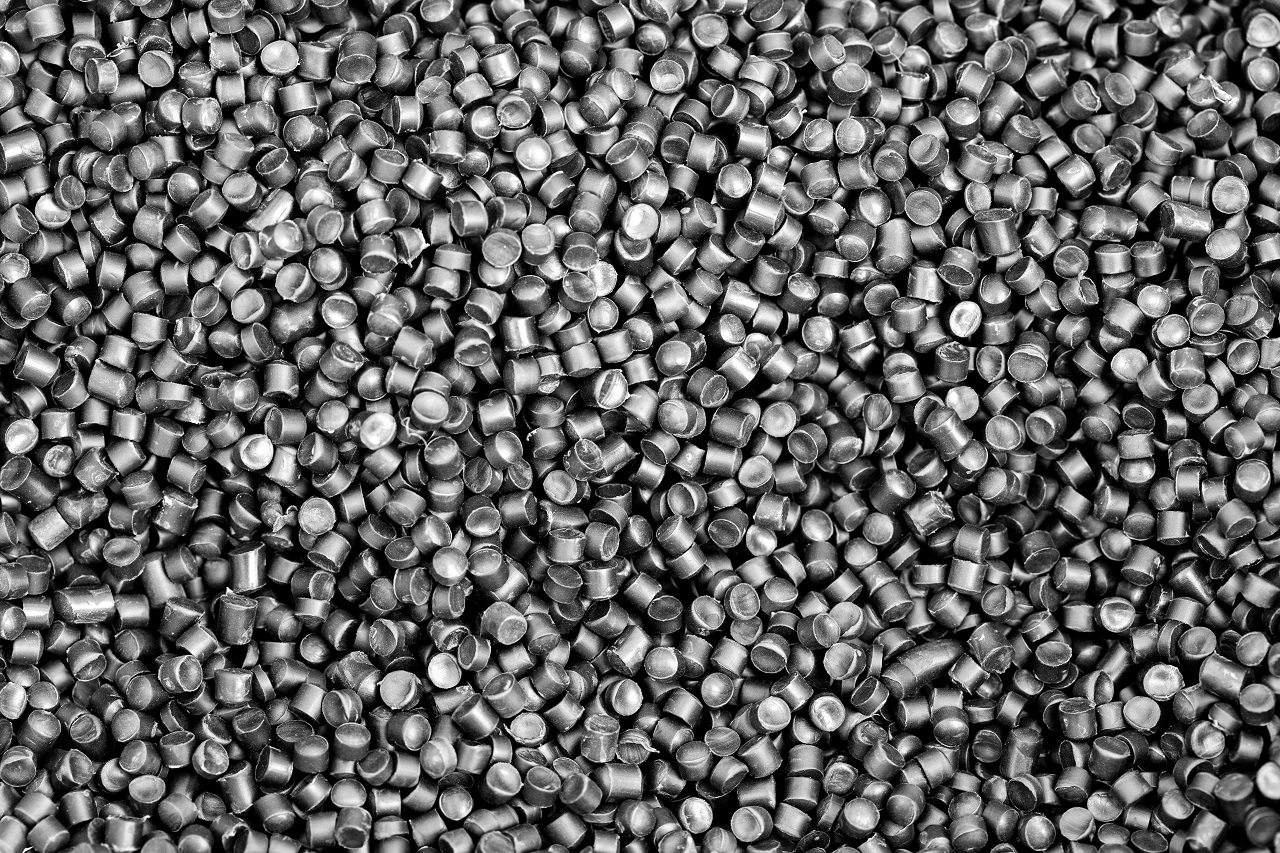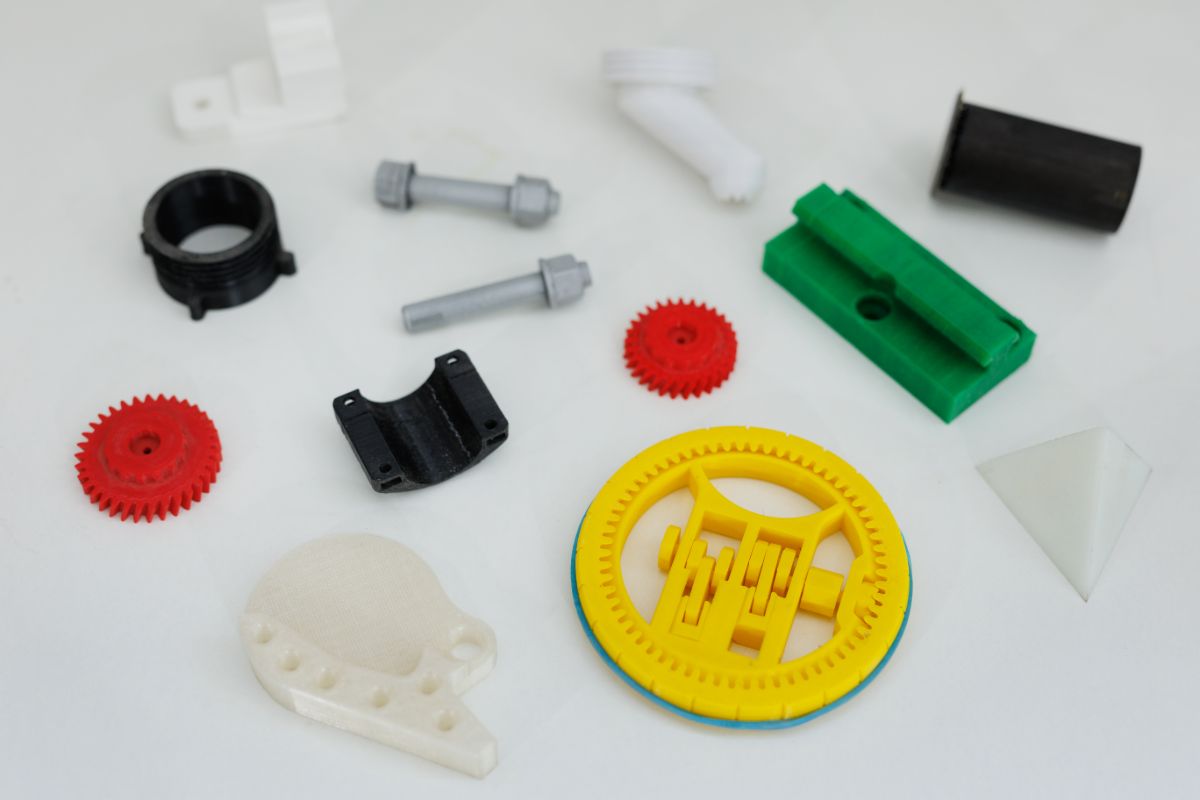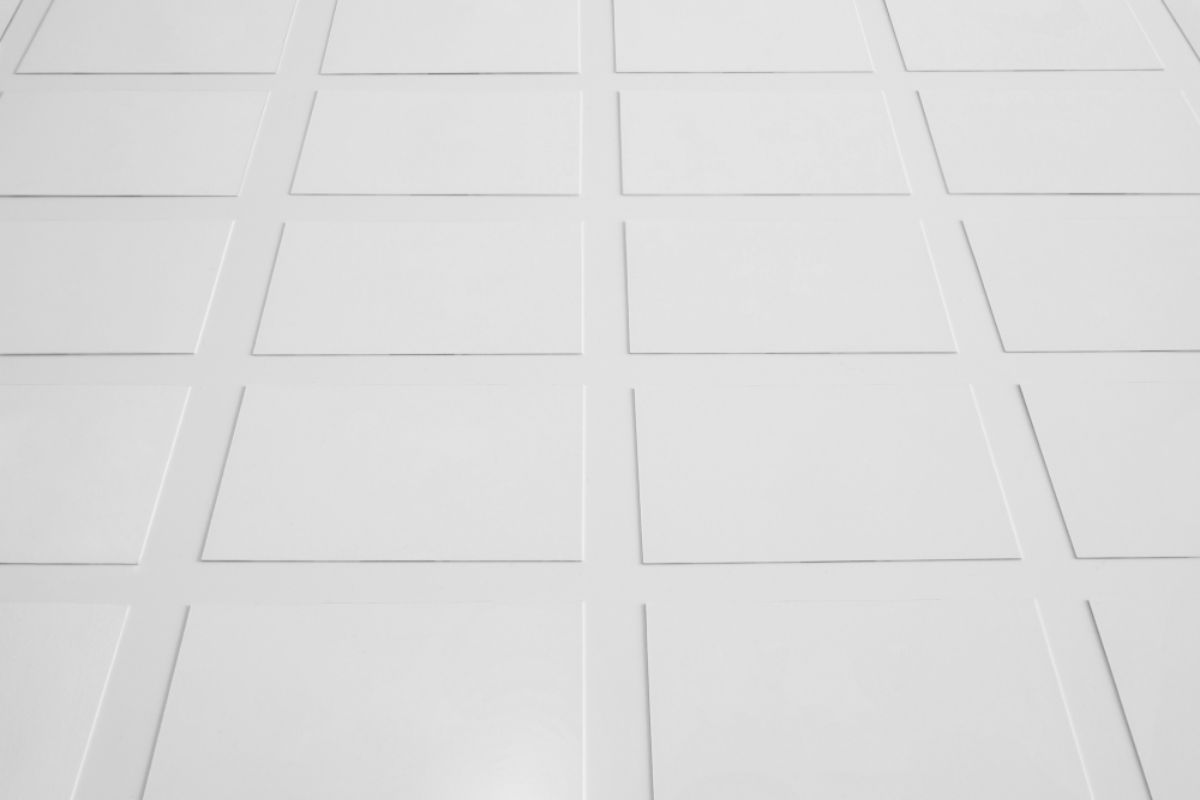What are the factors of successful mold making?
- Mold Steel
- Mold Material
- Mold Design
- Mold Environment
Different mold materials and the type of machine you use contributes to the success of your finished product. However, there are other factors to consider when it comes to successful mold making. The injection molding process is complex, from the initial design to the final result. It’s important to know each factor to learn which parts affect the quality of the injection mold. Here are the factors you should remember.
Mold Steel
The right material is a big factor for the quality of your mold. The steel you choose should fit certain criteria. For the first criteria, consider that the quality of the steel hardness and grade can affect the plastic product. For small projects, aluminum is an ideal choice. Aluminum is cheap and can easily be machined for single-cavity molds.
Greater production values require higher quality steel which can be costly, but worth it. An example of this would be stainless steel. This is the optimum choice for most production volumes. Stainless steel has qualities such as corrosion resistance, pitting resistance, and wear resistance. All of these amazing benefits are combined with the support to create smooth mold finishes.
The steel surface can be treated with other metal coatings to improve the molding process. Beryllium copper inserts can be used to improve the cooling process in specific hotspots while finishing the mold. Nitride can be used on the surface to enhance the hardness of the steel which can enhance the life of the mold to extend its use.
Mold Material
Learning which type of material to use for plastic injection molding can affect the finish and the use of your mold. Not all thermoplastics can be universally used for one purpose. Certain types of plastic are much more durable while others have more specific capabilities, such as those used for food production. If you use the wrong plastic for cups and food containers, it could potentially cause harm to your consumers.
The wrong plastic can also shatter upon impact if not properly utilized. Make sure to choose the right thermoplastic according to the product you’re planning to make. Polypropylene, polyethylene, and high impact polystyrene are some of the examples of mold materials you are most likely to encounter. These would usually come in the form of pellets before melting in the injection mold for processing. Make sure to properly distinguish each plastic before proceeding.
Mold Design
Once you have the correct material for your mold the next thing you should consider is the design. The mold structure should be able to hold the plastic material properly. It should be able to handle shrinkage, mold temperature, deformation, and the molding process itself. Opening and closing should be easy without risking the serviceable life of the machine. The mold design should also improve efficiency and production costs.
After the mold design, mold processing is next. Properly arranging the molding process can increase the chances of a successful production. Knowing what your machine goes through can stabilize results. The molding process starts with the heating of the plastic, which is then injected into the mold. It is rapidly cooled before it releases to create the product you’ve designed. It’s important to make sure all parts of your injection molding machine are functioning properly. This requires monthly maintenance and cleaning for the best results.
However, if you look over maintenance and cleaning, you can run into a number of problems. Some of these problems include errors in operations, reduced life span, cracks in your finished product, and machine failure. Make sure that you keep your molding process optimized by fine-tuning the machine with maintenance as much as possible.
Mold Environment
If you use the proper materials and maintain your machines, you can be assured that your plastic injection molding will be successful. However, there’s another factor you should consider to keep the integrity of your mold. When it comes to the environment, it’s important to keep it clean and sanitized to prevent contamination. This is especially important if you’re creating products for pharmaceutical and food manufacturing purposes.
Do you have an optimal environment? Clean rooms utilize air filters, airflow, and protective gear. All of this can protect the resulting product and the operators within the area. For example, protective gear such as goggles, gloves, and hairnets can prevent your operating staff from contaminating the mold with hair and other fibers. Keeping the environment clean will always help produce uniform quality products for consumers.
Key Takeaway
Successful mold making is not a complex process if you have your facts straight. Making sure that you have all these factors in check before starting your production cycle can prevent problems and optimize your production timeline. Each factor is important to consider as it will directly affect the finish of your mold. Remember some of these important guidelines and create a straight path to a successful molding.
